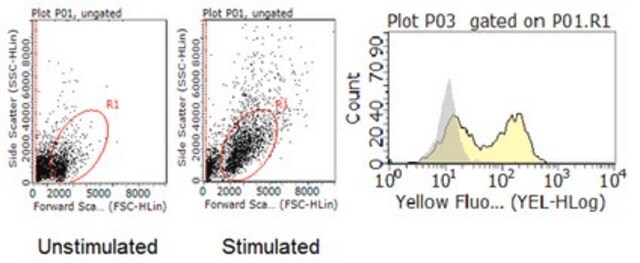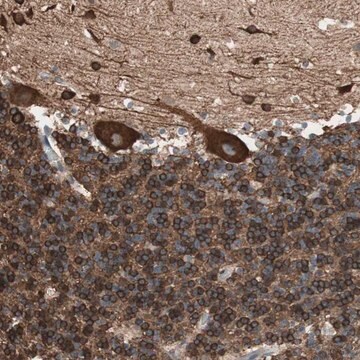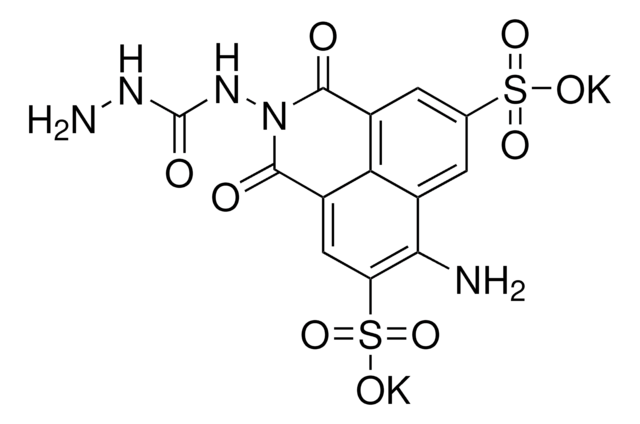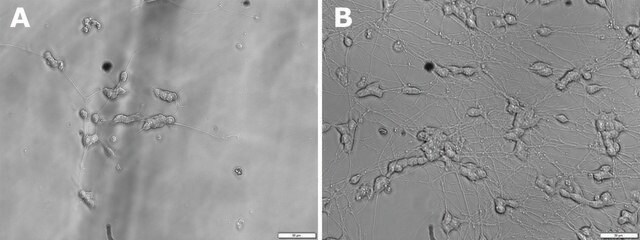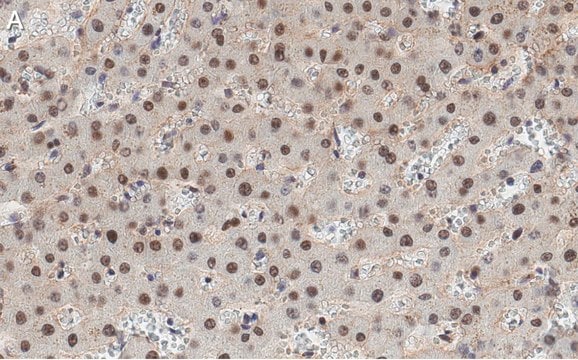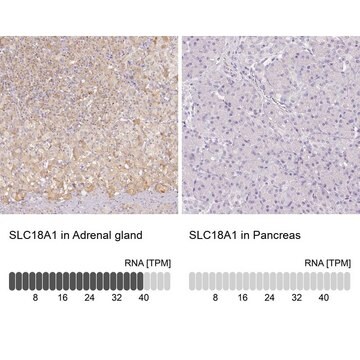SRP8040
LAG-3 (human): FC (human)
recombinant, expressed in CHO cells, >99% (SDS-PAGE)
Sinónimos:
FDC Protein, Lymphocyte activation gene-3, PC cell-derived growth factor
Iniciar sesiónpara Ver la Fijación de precios por contrato y de la organización
About This Item
Código UNSPSC:
12352200
NACRES:
NA.32
Productos recomendados
origen biológico
human
recombinante
expressed in CHO cells
Ensayo
>99% (SDS-PAGE)
Formulario
liquid
mol peso
~80 kDa by SDS-PAGE
envase
pkg of 50 μg
concentración
≥0.2 mg/mL
impurezas
<0.1 EU/μg endotoxin, tested
color
clear
Nº de acceso UniProt
Condiciones de envío
wet ice
temp. de almacenamiento
−20°C
Información sobre el gen
human ... LAG3(3902)
Descripción general
LAG3 (lymphocyte activation gene 3) is an inhibitory CD4 (cluster of differentiation)-related molecule, and is expressed by activated CD4+ and CD8+ T cells.
Acciones bioquímicas o fisiológicas
LAG3 (lymphocyte activation gene 3) is a negative regulator of T-cell proliferation where it suppresses T-cell receptor (TCR)-mediated calcium fluxes and modulates the memory T-cell pool size. It is a CD4 (cluster of differentiation) homolog that functions as a ligand for MHC (major histocompatibility complex) II. Membrane expression of LAG3 modulates the suppressive function of Tregs (T-regulatory) both in vivo and in vitro. HIV-1 (human immunodeficiency virus) infection results in significant increase in LAG3 peripheral blood and lymph node expression, which is exhibited on both CD4+ and CD8+ T cells, and this is linked with disease progression. In melanoma, this protein is responsible for TLR (Toll-like receptor)-independent activation of plasmacytoid dendritic cells (pDCs) at tumor sites, which is partially implicated in driving an immune-suppressive environment.
Forma física
Solution in PBS.
Otras notas
The sequence coding for the 4 extracellular Ig-like domains of human LAG-3 (D1-D4) is fused to the Fc portion of human IgG1.
Código de clase de almacenamiento
12 - Non Combustible Liquids
Clase de riesgo para el agua (WGK)
WGK 1
Punto de inflamabilidad (°F)
Not applicable
Punto de inflamabilidad (°C)
Not applicable
Elija entre una de las versiones más recientes:
¿Ya tiene este producto?
Encuentre la documentación para los productos que ha comprado recientemente en la Biblioteca de documentos.
Tumor-infiltrating NY-ESO-1-specific CD8+ T cells are negatively regulated by LAG-3 and PD-1 in human ovarian cancer.
Matsuzaki J et al
Proceedings of the National Academy of Sciences of the USA, 107(17), 7875-7880 (2010)
Ching-Tai Huang et al.
Immunity, 21(4), 503-513 (2004-10-16)
Regulatory T cells (Tregs) limit autoimmunity but also attenuate the magnitude of antipathogen and antitumor immunity. Understanding the mechanism of Treg function and therapeutic manipulation of Tregs in vivo requires identification of Treg-selective receptors. A comparative analysis of gene expression
Chiara Camisaschi et al.
The Journal of investigative dermatology, 134(7), 1893-1902 (2014-01-21)
Plasmacytoid dendritic cells (pDCs) at tumor sites are often tolerogenic. Although pDCs initiate innate and adaptive immunity upon Toll-like receptor (TLR) triggering by pathogens, TLR-independent signals may be responsible for pDC activation and immune suppression in the tumor inflammatory environment.
Xiaoling Tian et al.
Journal of immunology (Baltimore, Md. : 1950), 194(8), 3873-3882 (2015-03-18)
T cells develop functional defects during HIV-1 infection, partially due to the upregulation of inhibitory receptors such as programmed death-1 (PD-1) and CTLA-4. However, the role of lymphocyte activation gene-3 (LAG-3; CD223), also known as an inhibitory receptor, in HIV
Nuestro equipo de científicos tiene experiencia en todas las áreas de investigación: Ciencias de la vida, Ciencia de los materiales, Síntesis química, Cromatografía, Analítica y muchas otras.
Póngase en contacto con el Servicio técnico